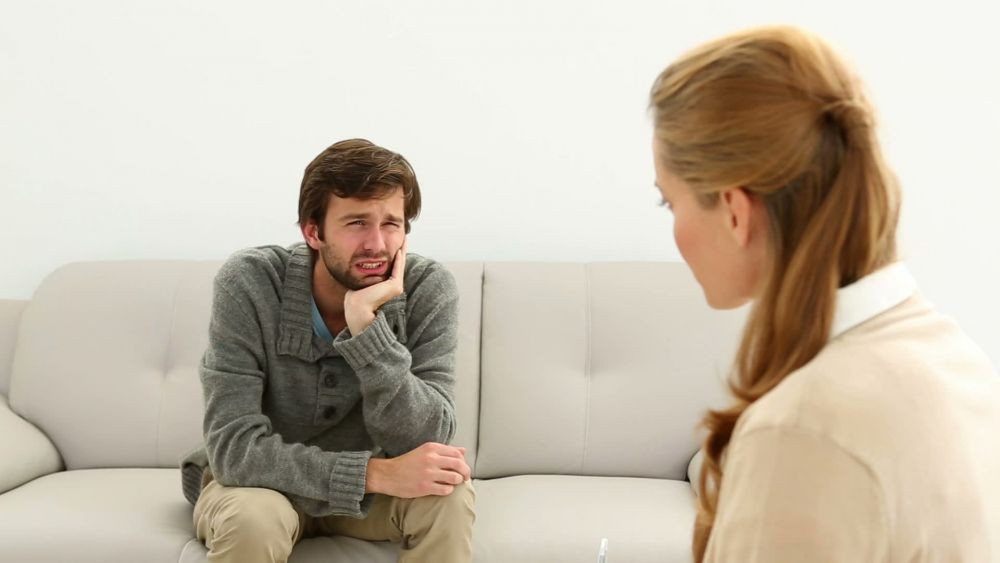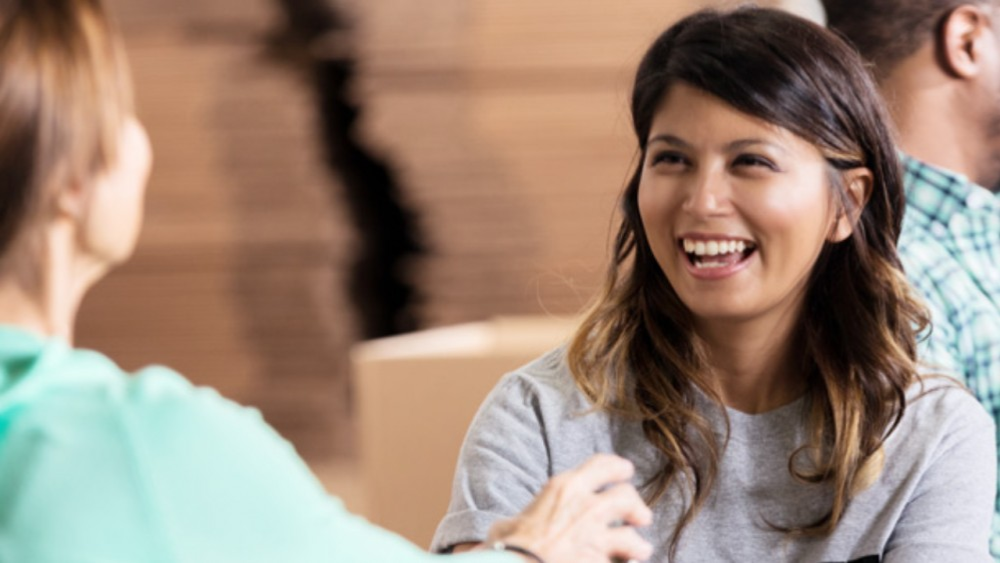Want to understand what people are really saying? Learn to read others through body language, facial expressions, and subtle cues. Boost your people skills today!
Table of Contents
Introduction
Ever felt like someone’s saying one thing but meaning another? We’ve all been there! Whether you’re trying to figure out if a friend’s upset, reading a room at work, or just navigating everyday conversations, learning to read others can be a game-changer. This isn’t about being a mind reader—sorry, no crystal ball needed—but it’s about picking up on subtle cues, body language, and emotional signals that people naturally give off. Once you’ve got the knack, you’ll feel like you’re wearing secret decoder glasses every time you interact with someone and Want to understand what people are really saying? Learn to read others through body language, facial expressions, and subtle cues. Boost your people skills…!
So, if you’re ready to level up your social skills and become a Want to understand what people are really saying? Learn to read others through body language, facial expressions, and subtle cues. Boost your people skills…
pro, buckle up. In this article, we’ll dive into the tips, tricks, and sneaky secrets that’ll help you understand what someone’s really feeling—even when they’re trying to hide it. Let’s get started!
What Does It Mean to “Read” People?
First things first—what does “learn to read others” actually mean? Well, we’re not talking about reading their text messages or emails (although that might give you clues, too!). Learning to read others is all about understanding the non-verbal signals, tone of voice, and body language people use. It’s about being a social detective, looking for the little signs that reveal what’s going on beneath the surface.
Think about it. If someone crosses their arms while you’re talking to them, they might be feeling defensive. Or if they keep avoiding eye contact, they could be hiding something or feeling uncomfortable. But it’s not always that simple. People are complex, so reading them takes a bit of practice!
Why It’s Important to Learn to Read Others
You might wonder, “Why bother learning to read others?” Well, being able to understand people beyond their words can help you in many ways:
- Build better relationships
- Avoid misunderstandings
- Communicate more effectively
- Resolve conflicts faster
- Lead with empathy in social and professional settings
When you can pick up on how someone’s feeling—even when they’re not saying it out loud—you can adapt your approach. This skill is golden, whether you’re navigating friendships, family dynamics, or work relationships.
The Basics: Body Language Speaks Volumes

When it comes to reading people, body language is the MVP. In fact, research suggests that around 55% of communication is non-verbal. That’s more than half! Crazy, right? So, here are a few key things to watch out for when trying to learn to read others:
Learn to Read Others Easily by Eye Contact
The eyes are often called the “windows to the soul,” and for good reason. Eye contact can tell you a lot about what someone is thinking or feeling. Here’s a cheat sheet:
- Steady eye contact: Engaged, confident, interested.
- Too little eye contact: Nervous, shy, or even deceptive.
- Too much eye contact: Can feel intense or even aggressive.
Ever had someone stare at you just a bit too long, and it felt weird? Exactly. Eye contact is a balancing act!
Learn to Read Others Easily by Arm Position
What people do with their arms can also give away their mood. If someone’s crossing their arms, they might be feeling defensive or closed off. Open arms? That’s a good sign they’re relaxed and open to the conversation.
Learn to Read Others Easily by Posture
Someone’s posture can be super telling. Are they sitting or standing up straight? That could show they’re engaged and interested. Slouching? They might be bored or disengaged. And if someone’s leaning in while you’re talking, that’s usually a sign they’re fully tuned into what you’re saying.
Facial Expressions: More Than Just a Smile

Your face has 43 muscles, and they all work together to express how you feel. If you’re learning to read others, paying attention to facial expressions is key. Let’s break down a few common ones:
- Smile: A smile usually signals friendliness or happiness, but a forced smile (where the eyes aren’t involved) could be covering up discomfort or insincerity.
- Furrowed brows: Someone might be confused, worried, or thinking deeply.
- Raised eyebrows: Could mean surprise, but it can also signal curiosity or even doubt.
The “Microexpression” Magic
Ever heard of microexpressions? These are tiny, almost-instant facial expressions that flicker across a person’s face before they can control them. They last for less than a second, but they reveal a person’s true feelings. Once you start noticing these, you’ll feel like a human lie detector!
Tone of Voice: What Are They Really Saying?
People’s tone of voice can tell you just as much—if not more—than their words. Think about it: Someone could say, “I’m fine,” but if their voice sounds flat or strained, you know they’re not fine at all. Here’s how to decode tone:
- High-pitched voice: Could indicate nervousness or stress.
- Monotone voice: The person might be bored or disinterested.
- Fast speech: They might be excited—or anxious.
- Slow speech: This can suggest someone is relaxed, but it can also signal sadness or hesitation.
The Power of Context: Read the Situation
Learning to read others isn’t just about what they’re doing with their bodies, faces, or voices. It’s also about reading the context. For example, if someone’s body language seems off, but they’ve just had a rough day, that makes sense, right? You always have to take the full picture into account.
So, next time you’re trying to figure out what someone’s feeling, ask yourself: “What’s the situation here?” This will help you avoid jumping to the wrong conclusion.
How to Improve Your People-Reading Skills
Now that we’ve covered the basics, let’s talk about how you can sharpen your skills. Learning to read others isn’t something you can master overnight—it takes time, practice, and patience. But here’s a cheat sheet to help you get there faster:
- Observe, don’t assume: Pay attention to patterns in behavior before making conclusions.
- Practice active listening: Focus on what people are saying as well as how they’re saying it.
- Check for clusters: Don’t rely on one cue (like crossed arms). Look for a combination of signs.
- Ask clarifying questions: If you’re unsure, ask! You’d be surprised how much people will share when you show genuine interest.
- Be empathetic: Try to put yourself in their shoes—what might you be feeling in their situation?
Conclusion
Learning to read others isn’t about becoming Sherlock Holmes overnight. It’s about paying closer attention to the subtle cues people give off—whether it’s their body language, facial expressions, or tone of voice. The more you practice, the more naturally it’ll come. And before you know it, you’ll be picking up on the hidden emotions and thoughts of everyone around you. So next time you’re in a conversation, try out some of these tips and see what you can uncover!
Who knew that reading people could be so fascinating?
Boosting Self Awareness Through Body Language
Check Out Our Youtube Channel For Video Content
FAQs: Learning to Read Others
Q: Can anyone really learn to read others?
A: Absolutely! It’s a skill that anyone can develop with practice. The more you pay attention to non-verbal cues, the better you’ll get at it.
Q: Are there any books or resources to help improve my people-reading skills?
A: Yes! Books like “What Every Body is Saying” by Joe Navarro or “The Definitive Book of Body Language” by Allan and Barbara Pease are great places to start.
Q: What’s the difference between reading someone’s body language and mind reading?
A: Mind reading is more like guessing what someone’s thinking without any real evidence. Reading body language, on the other hand, is based on observing physical cues and interpreting them in context.
By: ArdanSharma



Pingback: Master the Art of Body Language: How to Practice Key Gesture
Pingback: The Unspoken Joy: Happiness in Body Language